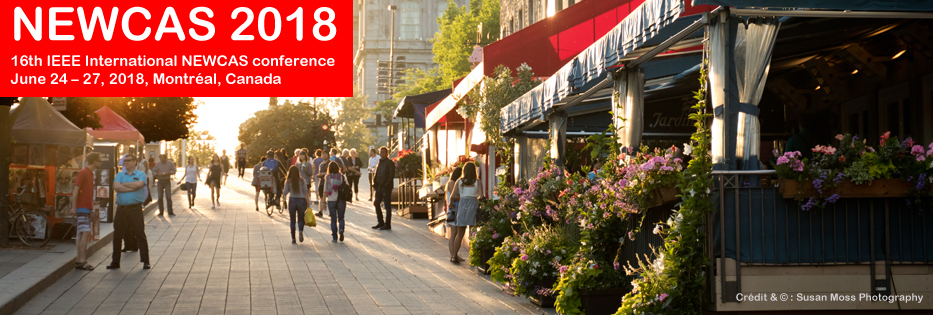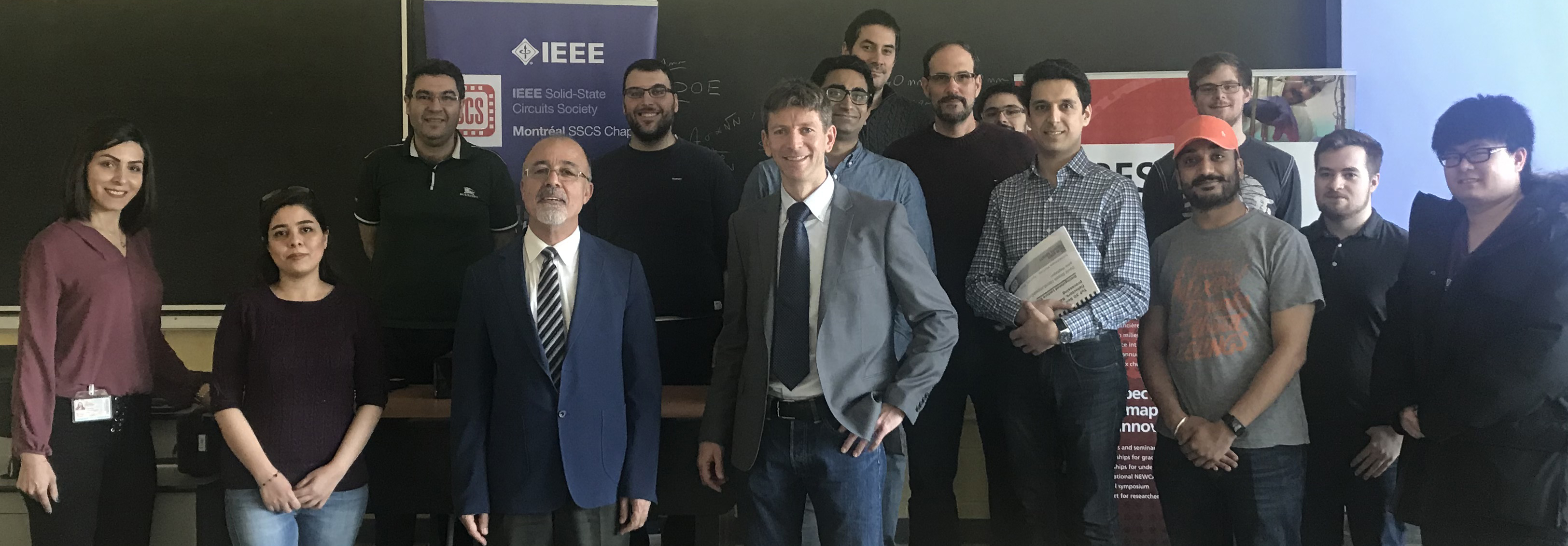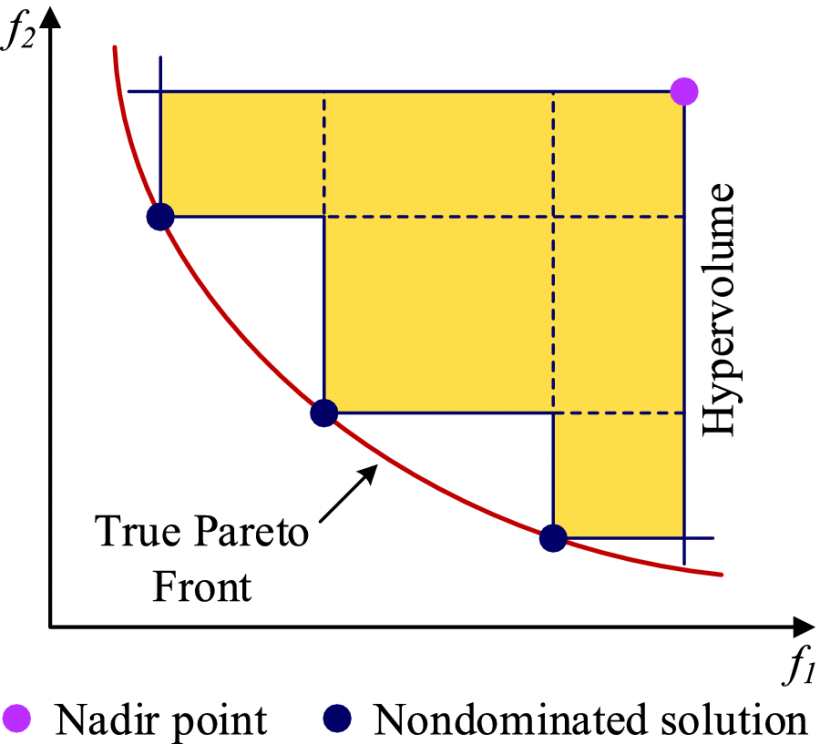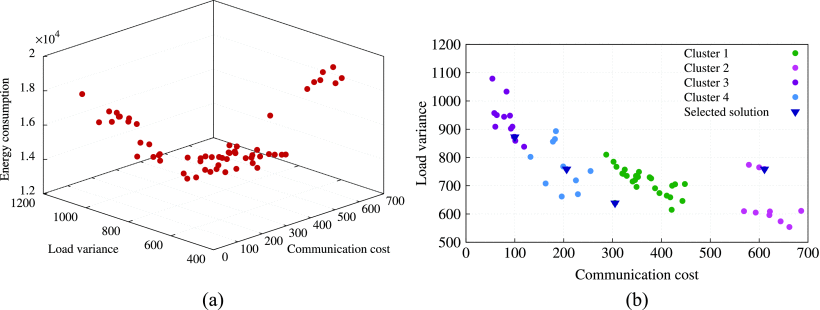EDITORIAL
We are continuing with the preparation of our annual symposium, the preliminary program can be found on the ReSMiQ web portal (Annual Symposium 2018). In addition to the presentations given by international experts, a large number of posters summarizing the work of our students will be presented at this symposium. We hope to see you there in great numbers. On the other hand, the preparations for the IEEE NEWCAS 2018 conference are progressing rapidly. Authors were informed of the outcome of the review process, the acceptance rate is 49%. In pursuing the objective to present a conference of the highest standard, three renowned speakers will give plenary sessions. The program is on the conference web portal (newcas2018.org). We wish to convey our thanks to all those who contributed to the success of this edition of NEWCAS and we invite all members of the ReSMiQ to participate in great numbers.
On another level, we welcome the new student committee of ReSMiQ. This committee brings together a student representative at each of the 9 partner institutions. Its mandate is to disseminate the various activities and announcements to students and help promote ReSMiQ. One of the 9 student representative also seats on the executive committee.
We invite members of ReSMiQ who have announcements to circulate among all members and students of the center to send them to us. They will be posted on the ReSMiQ web portal in the News> Announcements section. By the same token, we invite all researchers and students to visit this section regularly to be informed of recent announcements.
NEWS FROM OUR MEMBERS
Achievements
– Dr. Lakhssassi from the Université du Québec en Outaouais received an Engage grant from NSERC in partnership with the company Nandbox Inc.
More details
Involvment
– Dr. Langlois from Polytechnique Montréal is technical program co-chair for the conference DASIP to be held in Porto, Portugal, from October 9 to 12.
More details
RESMIQ’S ACTIVITIES

Seminar
David Stoppa from ams-Heptagon presented the seminar entitled « Time of Flight 3D Sensing and Imaging: detectors, readout circuits and data processing » organized as part of our continuing training program in collaboration with the IEEE Montréal’s chapters of the Solid State Circuit Society (SSCS) and the Circuits and Systems Society (CASS).

NEWS FRON THE NET
Ultrasound-Powered Nerve Implant Works Deep in Body: An implant that goes in without surgery could help make “electroceuticals” a reality… More details
Graphene is Grown With the Same Band Gap as Silicon: No doping or nanostructuring is required for new bottom-up method to grow graphene with a perfect band gap… More details
Nanobots Glide Through Living Cells: Rotating magnetic fields precisely steer the nanomachines, tracing letters in cytoplasm… More details
“Quasi-Non-Volatile” Memory Looks to Fill Gap Between Volatile and Non-Volatile Memory: 2D materials produce a semi-floating gate memory that falls somewhere between DRAM and SRAM… More details
Yarn-like Rechargeable Zinc Battery Could Power Smart Clothes and Wearables: The zinc yarn battery works when knotted, stretched, cut, and washed… More details
SIGNAL is the main monthly information medium of the Microsystems Strategic Alliance of Québec (ReSMiQ). This newsletter aims to be an active link between the members of ReSMiQ and all individuals who have an interest in research and innovation in microsystems. We commit ourselves to promote in it our members’ research and increase ReSMiQ’s visibility.
ReSMiQ is a group of researchers in an interuniversity research center that can count on the support of the Fonds de recherche du Québec – Nature et technologies (FRQNT) and nine (9) Quebec universities involved in microsystems research.






